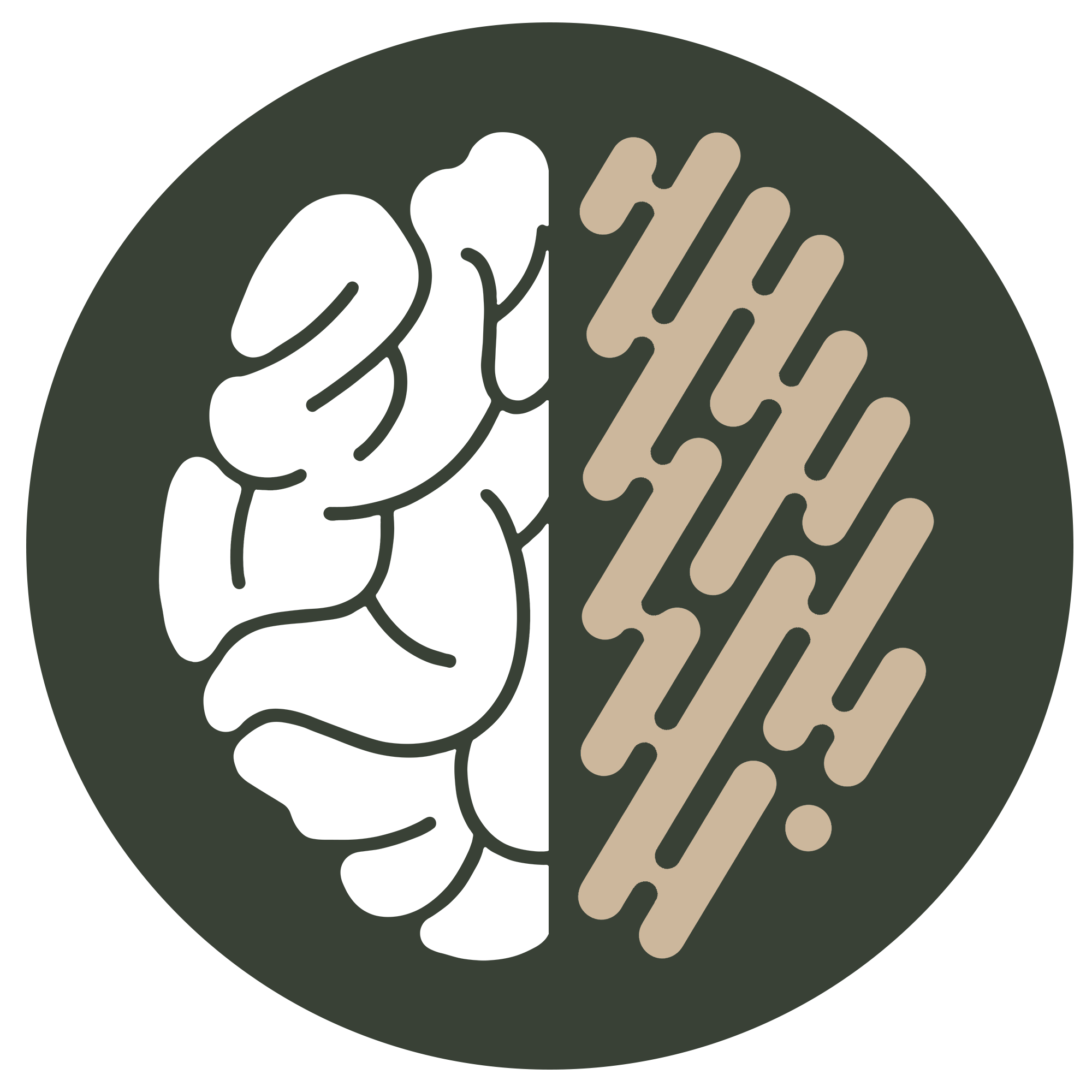Attention Deficit Hyperactive Disorder (ADHD) is also now believed to be primarily hereditary, much like ASD, additionally, environmental factors in pregnancy and early life neurodevelopment can also contribute to each individual’s presentation.
ADHD is classified as a neurodevelopmental disorder.
ADHD is categorised into 3 subtypes:
Primarily Inattentive
(displaying mainly inattentive symptoms)
Primarily Hyperactive/ Impulsive ADHD
(displaying mainly hyperactive/impulsive symptoms)
Combined-Type ADHD
(a mixture of inattentive and hyperactive/impulsive symptoms).
Stigmas and narratives around ADHD have long shaped perceptions and understanding of this neurotype. Often negatively, often without harmful intent.
Myth:
Fact:
ADHD does not discriminate between genders, and it remains a life-long factor for an individual. Only 10% of people with ADHD present with pure hyperactivity.
The majority are combined type, wherein their hyperactivity is often internal and cognitive.
Females are more likely to be primarily inattentive, which consequently explains why their diagnosis often occurs much later in life compared to the average male. Additionally, females typically learn to ‘mask’ much earlier than males or simply pass unnoticed due to the absence of “disruptive behaviors” in early life and school. As a result, these factors significantly contribute to the delayed recognition of their condition.
As research evolves, more individuals are receiving a diagnosis. In the UK, annual diagnosis rates have increased 20-fold between 2000 and 2018.
Despite having more specific classifications than ASD, ADHD is also a spectrum, therefor, one individual’s presentation may look very different from another individual’s.
Some of the more common symptoms of ADHD include:

Inattentive Symptoms
Lack of attention to details/careless mistakes, difficulty sustaining attention on tasks, does not seem to listen when spoken to, does not follow through on instructions, difficulty organising and planning tasks, avoids tasks requiring sustained mental effort, loses or misplaces objects, easily distracted and forgetful in daily activities.

Hyperactive/Impulsive Symptoms
Fidgetiness (hand and/or feet)/squirming in a seat, leaves their seat frequently, unable to quietly engage in leisure activities, difficulty remaining still for prolonged periods, talks excessively, blurts out answers, difficulty waiting their turn, interrupts or intrudes on others.
The above symptoms are those used in the diagnostic process. Many of the issues ADHD individuals face are not mentioned in the diagnostic criteria (which tend to be observable external symptoms).
ADHD has as many internal symptoms as it does external. Sleep disturbances, emotional regulation issues, sensory sensitivities, social challenges, Rejection Sensitive Dysphoria, time blindness, internal hyperactivity and a higher likelihood of co-occurring conditions.
Strengths & Talents Associated with ADHD:
‘ADHDers’, like all other neurotypes, benefit from a vast array of strengths and
these vary from individual to individual just as much as challenges do. This may include:



